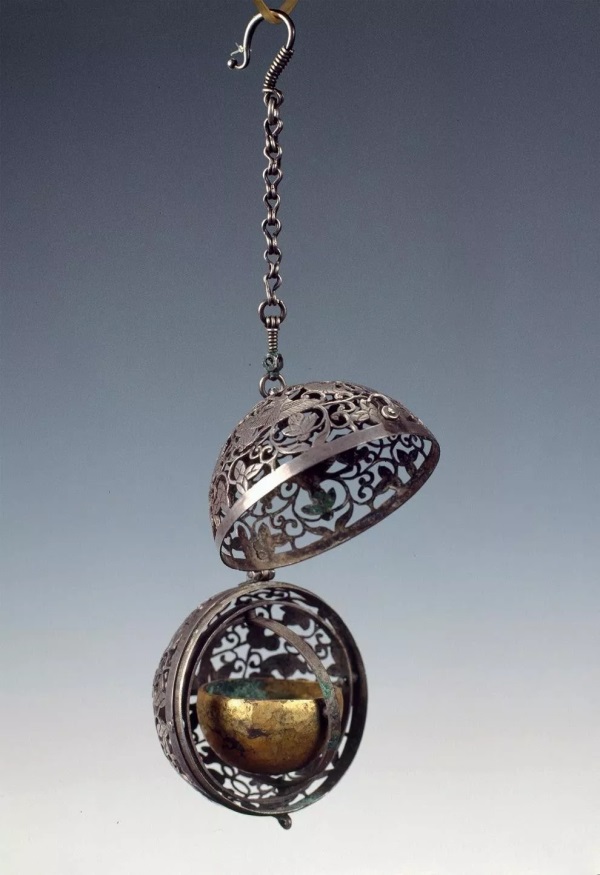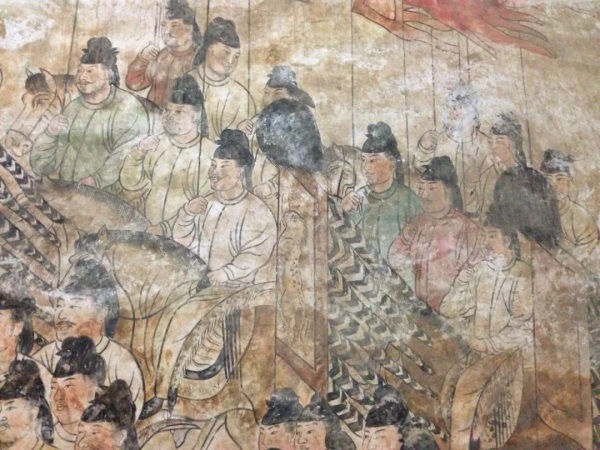3 Treasures of Shaanxi History Museum Disclosed in Contest of 9 Chinese Museums on National Treasure
As a blockbuster show of the Chinese national broadcaster China Central Television at the end of 2017, National Treasure which was on air last Sunday went viral in the circle of cultural relics and museums. Hereby we present you the three rare treasures that will be submitted to the show by Shaanxi History Museum, in a contest with other 8 museums of China.
Before we go on, let’s learn something about Shaanxi History Museum first.
A national-level museum, Shaanxi History Museum was planned to be built in 1983 and completed and open to the public on June 20, 1991, with its site being to the northwest of Great Wild Goose Pagoda, a famous scenic spot of Xi’an, with easy accessibility. The museum houses some 370,000 articles of cultural relics, which include the exquisite bronze wares of Shang (1600 BC-1046 BC) and Zhou (1046 BC-221 BC) Dynasties, terracotta figurines of various poses and expressions, gold and silver wares unique in China, unrivalled murals in tombs of Tang Dynasty (AD 618-907), all of these being the four trump cards of Shaanxi History Museum that can dominate the peers in China.
Now, let’s appreciate the three rare treasures that the museum recommends to the TV program.
Treasure No. 1: Hejia Village’s silver fragrance satchel case with grape, flower and bird design

This relic was unearthed in the cellar of Tang Dynasty at Hejia Village of Xi’an in 1970, and what is so special of it? Simply put, the skillful craftsmen of ancient China made use of mechanics principle to hold the perfume within the case however the ball outside moves. Even after one thousand years, the satchel still remains exquisitely carved and turns without any retardation, with the ball keeping in good balance. Modern people admire and are amazed by the scientific design of the article.
There is a record in writing in Book of Old Tang Dynasty, which reads: after the imperial concubine Yang was made to commit suicide at Maweipo Hill by imperial order of Emperor Xuanzong on his escape from the capital Chang’an (the current Xi’an) to avoid the rebellion led by warlord An Lushan, she was buried right there. When the Emperor returned from Sichuan, he ordered the tomb removed considering his romantic past with this dead old flame. On opening the tomb, the corpse and the shroud were all decomposed but only the fragrance case remained intact, which made itself more ingenious because it was not specially intended for royal families.
Treasure No. 2: Du tiger-shaped tally

Du tiger-shaped tally of Qin Dynasty (221 BC- 206 BC) was unearthed in Shenjiaqiao Village in the north of Xi’an in 1970s. Tiger-shaped tally is said to be invented by Jiang Ziya, a legendary politician of Shang Dynasty (1600 BC- 1046 BC), and serves as official proof granted by monarchs for troop movement, hence the token of military power. All tiger-shaped tallies found so far are the cultural relics of Qin Dynasty or Qin Kingdom (founder of Qin Dynasty), namely, Xinguo tiger-shaped tally of Qin, Du tiger-shaped tally of Qin, and Yangling tiger-shaped tally of Qin.
What makes the Du tiger-shaped tally precious is that, it has the longest words of inscription on it, of all that have been unearthed, with sound preservation, especially the 40 Chinese characters done in inlaying gold, which are elegant in strokes and fine in workmanship, reflecting the super workmanship of ancient China. The inscription is still flashy after two thousand years.
Treasure No. 3: Ceremony of Honor at Side Tower, a mural in the Tomb of Crown Prince Yide

The mural Ceremony of Honor at Side Tower was unearthed from the Tomb of Crown Prince Yide (a subordinate tomb of Qian Mausoleum) and there are two of such murals found, with each placed at the east and west sides of the tomb passage respectively. The picture shows a spectacular scene consisting of as many as 196 people with city walls, side towers and hills as the backdrop, which forms a perfect scene and it is one of the works of architecture in ancient China in the realistic style, with the structure, even the conjunction of each structure, depicted exactly and in proportion to the real object, especially the “Three Exits Side Tower” (a special royal style architecture of ancient China) that has become one of the major discoveries of research of Tang Dynasty in the 20th century.


